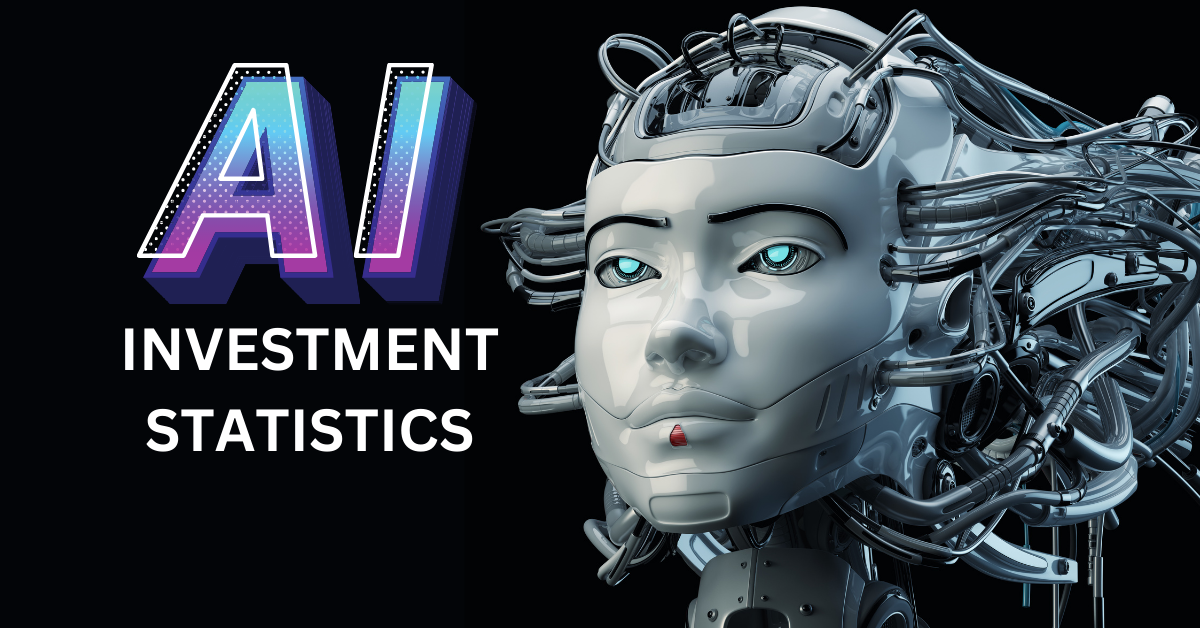The rise of artificial intelligence (AI) has ushered in a new era of automation, with robots increasingly taking on tasks once performed by humans. In fact, 4 billion mobile devices are now equipped with AI technology. While the concept of robots has been around for decades, the infusion of AI has elevated their capabilities to new heights.
The question now is, how many AI robots are out there in the world? In this article, we delve into the numbers and explore the diverse landscape of AI-powered machines.
What are AI Robots?
Before diving into the statistics, defining what constitutes an AI robot is essential. These are not your average machines; they can learn, adapt, and make decisions based on data and experience.
AI robots range from partially automated systems requiring human supervision to fully autonomous robots operating independently. This distinction is crucial for understanding the breadth and impact of AI robots across various sectors.
How Many AI Robots Are There in the World? Key Statistics
The world of AI robots is vast and varied, encompassing numerous applications across different sectors. Here are essential statistics and descriptions for the most prominent categories of AI robots:
Industrial AI Robots
Industrial AI robots are revolutionizing manufacturing processes worldwide. These robots are employed in various tasks such as welding, painting, and material handling, significantly improving efficiency and productivity in industrial settings.
- 2024 Market Value: The global industrial robotics market was valued at approximately $18.19 billion in 2024, reflecting the widespread adoption of robots in manufacturing processes. (IFR)
- Projected Growth: Analysts project the market to grow to $41.02 billion by 2030, with a compound annual growth rate (CAGR) of 12.3%. (Fortune Business Insights)
- Operational Robots: Over 2.7 million industrial robots are operational worldwide, performing tasks such as welding, painting, and material handling. (Science Direct)
- Geographical Distribution: Asia, particularly China, is the leading region in industrial robot adoption, accounting for 74% of new installations in 2022. (IFR)
Service AI Robots
Poor service can cause companies to lose between 10% and 25% of their customers annually. This is where service AI robots come into play. These robots are making a significant impact by transforming various sectors and performing tasks that enhance efficiency and customer experience. Service AI robots are increasingly used in healthcare, hospitality, and retail, providing valuable services in diverse environments.
- 2022 Market Value: The global market for service robots was estimated to surpass $20 billion in 2022, driven by increasing adoption in healthcare, hospitality, and retail sectors. (Precedence Research)
- Sales Growth: In 2021, companies sold over 120,000 professional service robots globally, a 37% increase from the previous year. (Robotiq)
- Healthcare Robots: The healthcare robot market is expected to exceed $16 billion by 2025, fueled by the rapid adoption of robotic surgical systems and patient care robots. (National Institute of Health)
Social AI Robots
Social AI robots are becoming integral to healthcare and social settings, aiding complex tasks like surgery and patient care. These robots demonstrate the potential of AI to enhance human capabilities significantly in critical areas.
- Robotic Surgical Systems: Over 5,000 robotic surgical systems are installed worldwide, highlighting the integration of AI robots in medical procedures and the healthcare system. (National Institute of Health)
AI Robots Statistical Analysis
Understanding AI robots' global distribution and growth trends provides valuable insights into their current and future impact. Various data sources reveal the scale and pace of AI robot adoption across industries.
- 3.5 Million Industrial Robots: As of 2024, an estimated 3.5 million industrial robots are in operation worldwide, underscoring the significant role of automation in modern manufacturing. (EY)
- 2024 Installations: 2024 saw a surge in industrial robot installations, with approximately 590,000 new robots joining the global workforce. This highlights the accelerating pace of automation. (IFR)
- Asia's Dominance: Asia, led by China, continues to drive industrial robot adoption, installing 74% of new robots globally in 2022. (Statista)
Sector-Specific Insights
Different sectors leverage AI robots uniquely, leading to significant advancements and efficiencies in their respective fields.
Manufacturing
The manufacturing sector, particularly the automotive industry, has been at the forefront of adopting AI robots. These robots are crucial for tasks requiring precision and efficiency, driving significant improvements in production processes.
- Automotive Industry: The automotive industry leads robot adoption, accounting for 33% of global industrial robot installations in 2021. The industry's need for efficiency and precision in manufacturing processes drives this trend. (Research Gate)
Healthcare
AI-powered robots are revolutionizing healthcare by performing complex surgeries, assisting in rehabilitation, and improving patient care. The growth in medical robots is a testament to their transformative potential.
- Medical Robots Market: The healthcare sector is rapidly expanding its use of AI-powered robots for surgery, rehabilitation, and patient care. Analysts project the market to grow at a CAGR of 22.2%, reaching $22.1 billion by 2027. (MarketsandMarkets)
Logistics
In logistics, AI robots optimize operations by automating tasks such as sorting, packing, and transporting goods. Companies like Amazon are leading the way in deploying these robots to enhance efficiency.
- Amazon's Deployment: Amazon's deployment of over 750,000 robots in its fulfillment centers showcases the transformative potential of AI in logistics, streamlining operations and enhancing efficiency. (Amazon)
Hospitality
The hospitality industry increasingly adopts AI robots to improve guest experiences and operational efficiency. These robots are becoming common in hotels and restaurants, performing various service tasks.
- Hospitality Robots: The hospitality industry increasingly embraces service robots to enhance guest experiences and improve operational efficiency, with sales growing by 85% in 2021. (Science Direct)
Trends and Future Projections on AI Robots
The future of AI robots looks promising, with several trends driving their continued growth. Advancements in technology and increasing demand for automation are key factors shaping the future landscape of AI robots.
- Autonomy and Affordability: Advancements in AI technology and declining costs are leading to more autonomous and affordable robots, paving the way for broader adoption across various sectors. (MDPI)
- Service Robotics Market: The service robotics market is projected to reach $146.79 billion by 2029, driven by technological advancements and growing demand for automation across diverse industries. (Fortune Business Insights)
A Robotic Revolution: The Future of Automation and AI
While the exact number of AI robots remains fluid, the statistics clearly show their increasing prevalence and impact across diverse industries. As AI technology evolves, we can anticipate a future where robots become even more integrated into our lives, transforming how we work, live, and interact with the world around us. The growth in industrial and service robots indicates a future where automation plays an even more significant role in our daily lives.
Sources:






